How to Increase the Appetite of Vannamei Shrimp
Feeding vannamei shrimp is a key factor in supporting their growth and development. Feeding should be done efficiently to avoid overfeeding.
Decreasd appetite in vannamei shrimp is a common obstacle for farmers, especially when shrimp are moulting. So, what factors influence this and how can they be overcome?
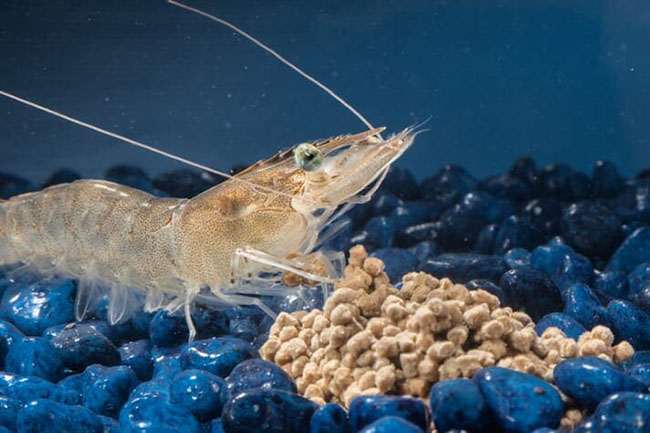
A. Signs of Vannamei Shrimp Not Eating
To determine whether shrimp are eating well or not eating at all, you can check by feeding them. If the shrimp food is left uneaten or barely touched, it’s a sign that your shrimp are not eating. Here are the complete signs:
1. Decreased Activity
The first sign of vannamei shrimp not eating is decreased activity in the pond. Shrimp that are not eaten tend to be less active and sluggish. They may move more slowly or lack enthusiasm in searching for food.
2. Weight Loss
If shrimp aren’t eating enough, they can experience significant weight loss. You may notice a decrease in body size or loss of body mass from checking the average body weight (ABW) of shrimp that aren’t eating well.
3. Ignoring Food
Shrimp that lack appetite may not be interested in the food provided. They may ignore the food they usually consume eagerly. When shrimp aren’t eating, they tend to ignore the vannamei shrimp feed provided, resulting in more leftover feed on the water’s surface.
4. Empty Shrimp Intestines
Another sign of shrimp not eating is that their intestines appear empty. Empty intestines occur because no food enters the shrimp’s body to be digested.
B. Causes of Decreased Shrimp Appetite
Decreased shrimp appetite can be caused by several factors, including:
1. Poor Pond Water Quality
Poor pond water quality can cause decreased shrimp appetite. This is because shrimp will feel uncomfortable in a poor environment, leading them to refuse food.
Additionally, poor pond water quality can trigger stress in shrimp and slow down their metabolism, making them more susceptible to disease. Therefore, it’s important for farmers to regularly change the water and ensure that water quality parameters are always optimal.
2. Shrimp Stress
Stressed shrimp usually lose their appetite. The main stress triggers come from sudden and drastic changes in environmental conditions. To ensure this, farmers can observe the signs of shrimp stress.
To prevent stress in shrimp that can lead to decreased appetite, farmers can prevent it by routinely monitoring water quality parameters and creating a safe and stable environment.
3. Extreme Weather
Extreme weather changes can also affect shrimp appetite. Drastic changes in weather within a short period can alter pond temperature, which in turn affects shrimp body metabolism. Therefore, it’s essential to ensure that pond temperature remains stable during cultivation.
4. Shrimp Infected with Disease
When shrimp lose their appetite, farmers should be alert. Early symptoms of disease infection caused by bacteria or viruses can be seen in shrimp behaviour, such as refusing to eat. Examples of bacterial diseases that can affect shrimp appetite include Early Mortality Syndrome (EMS) and White Feces Disease (WFD).
On the other hand, viral diseases like White Spot Syndrome Virus (WSSV), Taura Syndrome Virus (TSV), Infectious Myonecrosis Virus (IMNV), and Infectious Hypodermal and Hematopoietic Necrosis Virus (IHHNV) can also affect shrimp appetite.
To prevent various diseases, it’s important to maintain water quality and pond environment regularly and ensure pond cleanliness.
5. Poor Feed Quality
Vannamei shrimp require nutrients such as protein, carbohydrates, fats, fiber, and ash to grow optimally and reach maximum weight. Lack of one or more of these nutrients can disrupt shrimp body metabolism, leading to decreased shrimp appetite.
Moreover, adjusting the type of feed given according to the shrimp’s age is also important. For example, shrimp under 16 days old are given powder feed, while shrimp aged 16-45 days are given granule feed, and shrimp over 45 days old are given pellet feed.
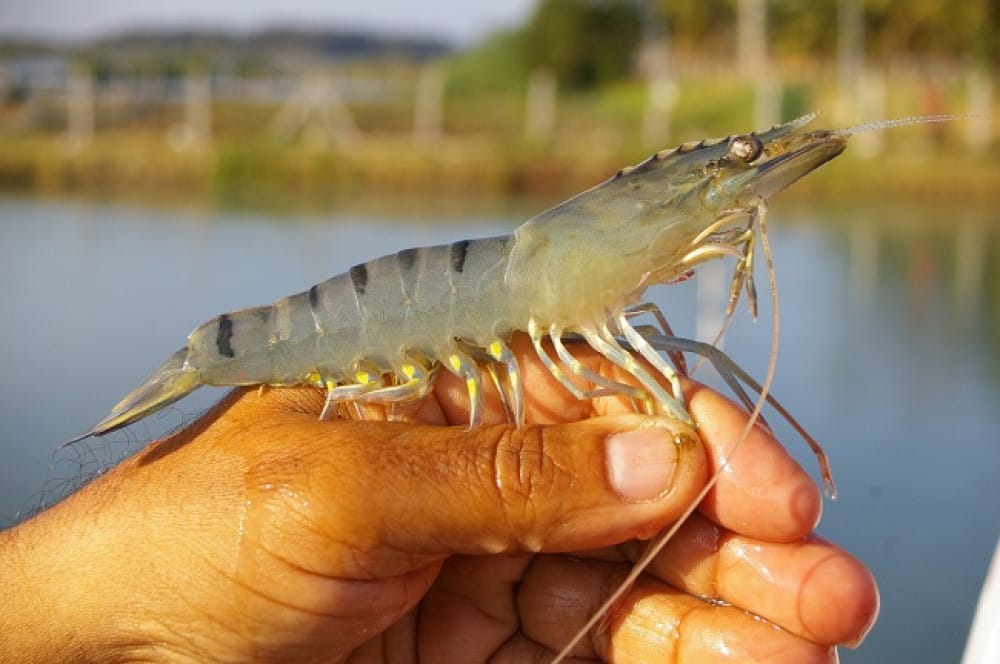
C. Ways to Increase Shrimp Appetite
1. Feed According to Needs
The first way to increase vannamei shrimp appetite is to feed them according to their needs. To grow optimally, shrimp need balanced nutrition, including protein, fat, fibre, and ash in optimal amounts. Additionally, ensure that the feed provided is suitable for the shrimp’s age and moulting phase.
2. Conduct Regular Health Checks on Shrimp
Conduct periodic physical examinations to determine the health condition of the shrimp. Signs of health can be seen in their physical appearance, such as a full stomach, spread tail, active movement, normal body colour, and bright eyes.
If shrimp show abnormal behavior such as swimming on the surface or staying at the bottom of the pond
Contact AQUA MINA for consultation and supply of aquaculture round tanks and aquaculture equipment for high-tech shrimp farming.
- Address: 685 National Highway 1A, Binh Hung Hoa Ward, Binh Tan District, Ho Chi Minh City
- Phone: 1800 6071 (Toll-free hotline)
- Email: sales@aquamina.com.vn or oversea@aquamina.com.vn
Aqua Mina's distributor in Japan: REX INDUSTRIES CO., LTD
- Address: 1-9-3 Hishiya-Higashi, Higashi-Osaka 578-0948 JAPAN
- Email: kimakubo@rexind.co.jp
- Phone: +81-(0)72-961-9893
- Website: http://www.rexind.co.jp/e/
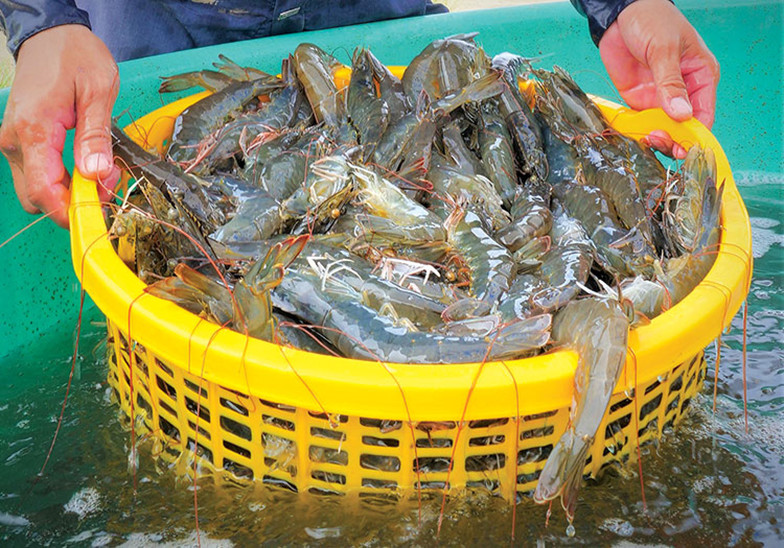
WE WORK FOR YOUR SUCCESS!
Ngày đăng : 02/02/2025
1842 View
Other Articles
Portuguese food group acquires 18% stake in cod farming company Norcod
Indonesia implements radioactive-free shrimp certification for exports to the United States
India is world’s second-largest shrimp producer. That is now under threat
Ca Mau’s shrimp industry moves towards “green” growth
Floods devastate aquaculture, processing operations in Vietnam
Ecuador Leads Global Shrimp Exports, Surpassing USD 7 Billion in 2025
India's marine product exports rise 16% as new markets offset US dip
Skretting presents the first shrimp feed with insect meal in Vietnam
Sharing: EU increases shrimp imports in the first 9 months of the year
Gideon De Oro opens high tech Cebu shrimp plant, to revive exports
White-leg shrimp facing WSSV: When density and environment fluctuate together








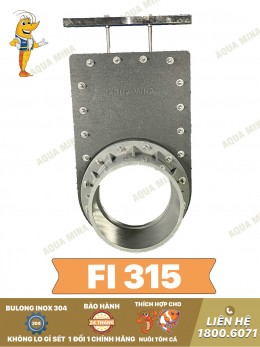
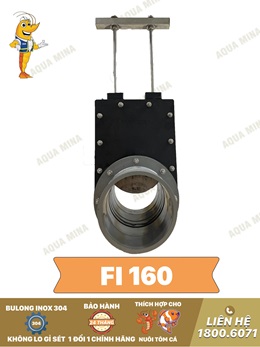
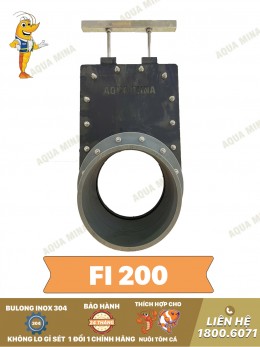
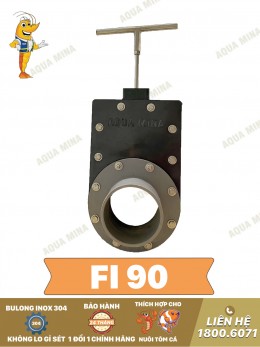
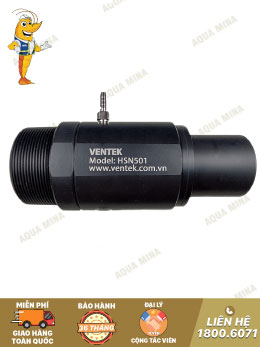
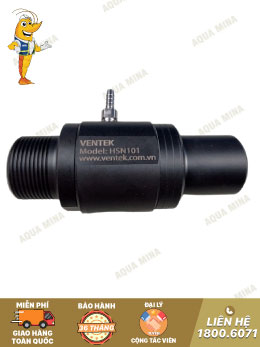

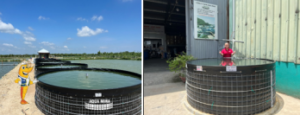
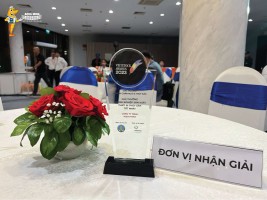
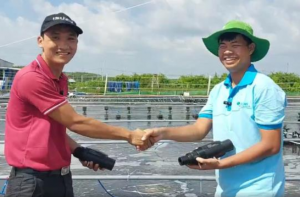
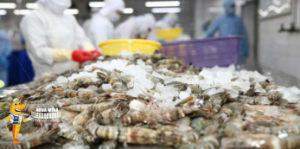
.jpg)